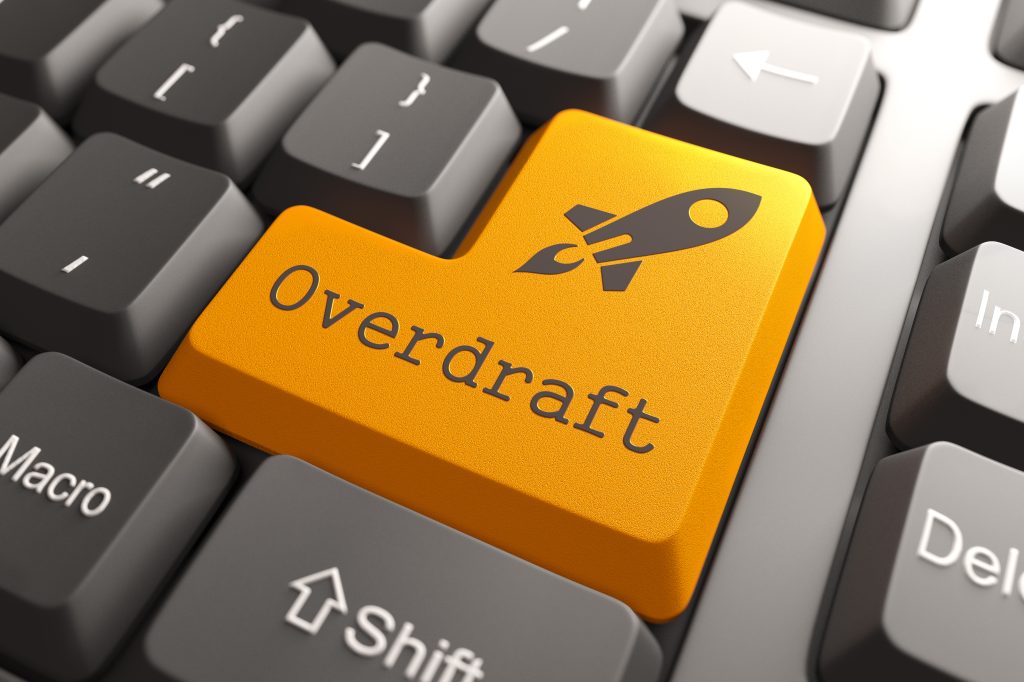It’s the end of overdraft as we know it. Large banks are reimagining their overdraft programs amid increased regulatory scrutiny and the emergence of challengers with short-term liquidity offerings that bear little resemblance to traditional fee-laden overdraft protection. It is no small undertaking, and it could lead to serious financial repercussions for banks that don’t handle the transition properly. Traditional overdraft programs are huge revenue drivers, earning American banks more than $6 billion in the first nine months of 2021 alone. Still, challengers have figured out that meeting customers’ short-term liquidity needs in a supportive fashion―as opposed to a punitive one―can pay significant dividends in the form of customer acquisition, loyalty, and lifetime value.
Customers and Overdraft: It’s Complicated
Customers who cannot access traditional credit options often need to find financial flexibility somewhere. Despite the high fees, overdraft meets that need. These individuals―who often lack savings, credit cards, and disposable income―use overdraft as a means to access short-term credit to supplement income between paychecks. For consumers with few other options, overdraft serves as a quick fix to cash flow problems.
However, overdrafting has been shown to do much more harm than good in the long run. The people who need overdraft the most are those that can least afford to pay the fees–and those fees add up fast. Very few account holders actually use overdraft options, but those who do, use it a lot. In fact, 75% of all overdraft fees are paid by just 8% of customers, according to the Financial Health Network. With each instance of overdraft incurring a fee of $35 or more, it is not hard to see how this can create a cycle that keeps customers’ accounts continually overdrawn as they attempt to catch up with bills and other expenses.
Why Now?
Regulators have been eyeing what they view as predatory overdraft practices–including high fees and the practice of processing debits before incoming credits to maximize fee revenue–for years. Along with regulatory pressure, providers also are facing intensified competition from challenger banks and their novel approach to overdraft. As a result, banks are lowering non-sufficient funds fees or eliminating them altogether.
In December 2021, Capital One and JP Morgan Chase both introduced changes to their policies, kicking off the shift that is now underway in earnest. In January 2022, five of the largest banks in the country—Bank of America, Wells Fargo, U.S. Bank, Truist and Regions Bank—announced changes to their overdraft, small-value loan, and non-sufficient funds (NSF) fee policies. Now, Citigroup has announced its intention to eliminate all overdraft, overdraft protection, and non-sufficient funds fees by this summer. Pew Charitable Trust estimates that the changes made in January 2022 alone will save consumers upwards of $2 billion each year.
Not Your Traditional Overdraft
Several neobank and challenger banks have come up with new, innovative ways to extend small lines of credit to its customers. Some offer early paydays, microloans, or “buy now, pay later” (BNPL) options to address customers’ liquidity needs, and have eliminated the fees associated with using these options altogether. Although customers typically need to meet some requirements to gain access to these small-dollar loans, they are usually more accessible than traditional barriers to revolving credit. By tying overdraft alternatives to existing programs that are monetizable, banks can offer flexibility without putting undue burden on the customer—while still making a profit.
Let’s say a neobank wants to increase usage by encouraging enrollment in its direct deposit program. It may consider rolling out a free overdraft protection initiative for customers who direct deposit at least $500 each month. They might decide that anyone who enrolls will have access to $200 in overdraft at any given time, and the outstanding balance (without any additional fees) will be repaid from the customer’s next deposit. This model would offer users the option for fee-free microloans while still driving revenue for the institution because direct deposits can be monetized.
This is just one example of the many options available to financial institutions looking to revamp their overdraft models. Fintechs are increasingly developing creative ways to solve customers’ liquidity problems without using the traditional overdraft model and its associated fees. Whether it is microloans, temporary credits, early access to pay, or something completely new, each bank or fintech must decide what structure works best for them given their business model, risk appetite, customer profile, and technological capabilities.
The good news? Customers will reward providers who give them access to the liquidity they (sometimes desperately) need―especially if it comes without additional fees. The key is meeting customers where they are and providing next-generation banking options that work with them and for them while reinforcing behaviors (like direct deposits) that drive profitability for the institution. With today’s technology and consumers’ openness to new structures and services, an alternative to traditional overdraft could be as simple as reduced fees, as goal-oriented as the approach of the neobank described above, or anywhere in-between. That is a win for consumers and banks alike.
